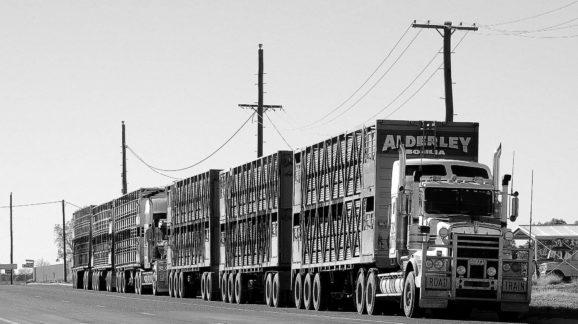Clearing a Regulatory Path for Automated Trucks and Trains

 Yesterday, I submitted comments on behalf of the Competitive Enterprise Institute to the Federal Motor Carrier Safety Administration (FMCSA) in response to its request for comments on regulatory barriers to commercial motor vehicles (CMVs) equipped with automated driving systems.
Yesterday, I submitted comments on behalf of the Competitive Enterprise Institute to the Federal Motor Carrier Safety Administration (FMCSA) in response to its request for comments on regulatory barriers to commercial motor vehicles (CMVs) equipped with automated driving systems.
FMCSA is the national safety regulator of heavy trucks and buses, or CMVs. It was created in 2000 after Congress spun off CMV operations regulatory functions from the Federal Highway Administration’s Office of Motor Carriers amid complaints from highway safety advocates that the Federal Highway Administration wasn’t taking seriously the CMV regulatory component of its mission. Two decades later, these complaints from safety advocates, which supported the creation of FMCSA, are still being made. It turns out organizational restructuring to deliver preferred outcomes is hard, but rearranging deck chairs at agencies is easy!
In our comments, I made three broad recommendations:
- FMCSA should ensure that future proposed rules are performance-based, not prescriptive. See more on this issue in a March 2017 CEI whitepaper, “Toward Performance-Based Transportation Safety Regulation.” In addition, see a CEI blog post from May 2017 and an April 2018 statement in support of an amendment to the House’s latest Federal Aviation Administration reauthorization bill, which was included in the House-passed bill.
- FMCSA should ensure that future regulations related to automated driving systems incorporate the latest voluntary consensus standards and continually monitor revisions to incorporated standards. See more on this issue in a January 2018 CEI whitepaper, “Modernizing Federal Motor Vehicle Safety Standards.” In addition, see CEI’s March 2018 comments to the National Highway Traffic Safety Administration.
- FMCSA should ensure operator neutrality in future rulemakings. The gist of this is that FMCSA should approach the function of vehicle operator in its regulations from a risk-based perspective and should not assume that human operators are inherently superior to automated driving systems in the performance of operator functions.
In addition to yesterday’s comments to FMCSA, earlier this week CEI submitted comments to the Federal Railroad Administration in response to its request for information on automation in the railroad industry. Our comments made the case for withdrawing a 2016 proposed rule that would require minimum train crew sizes of two people, which would undermine the business case for railroad automation development and deployment if promulgated.